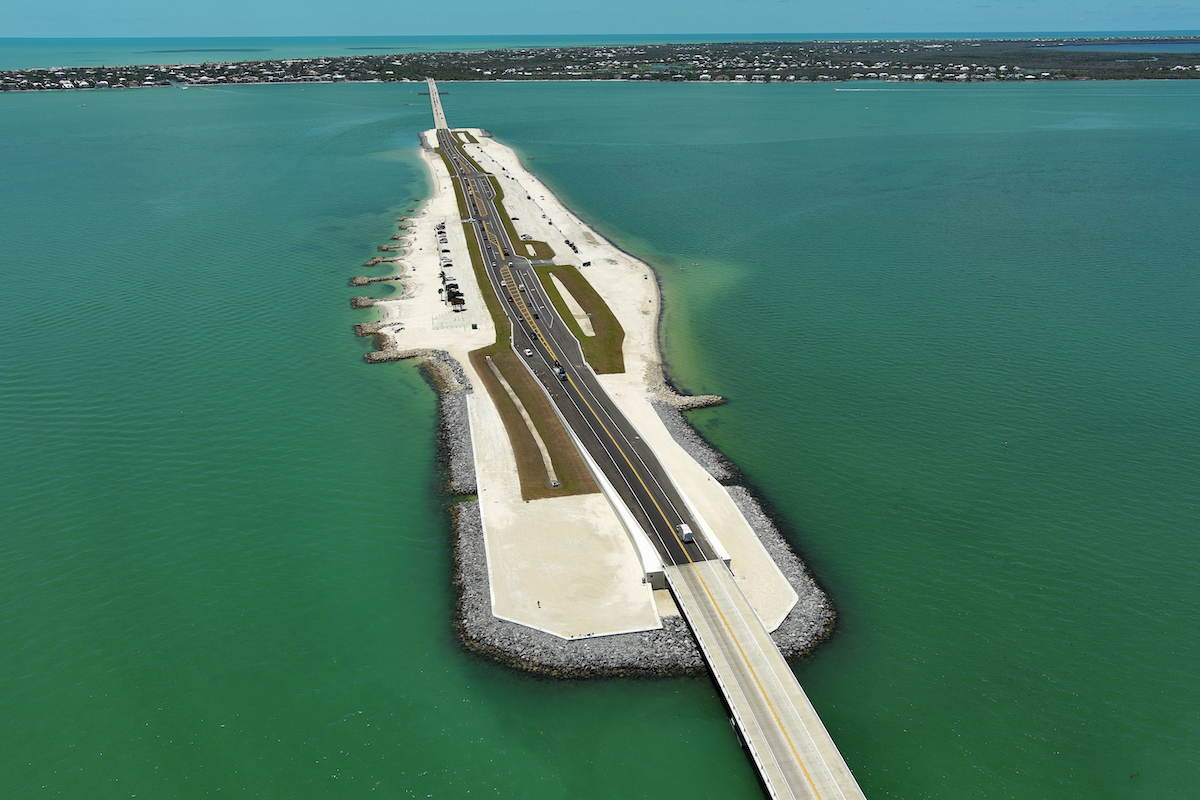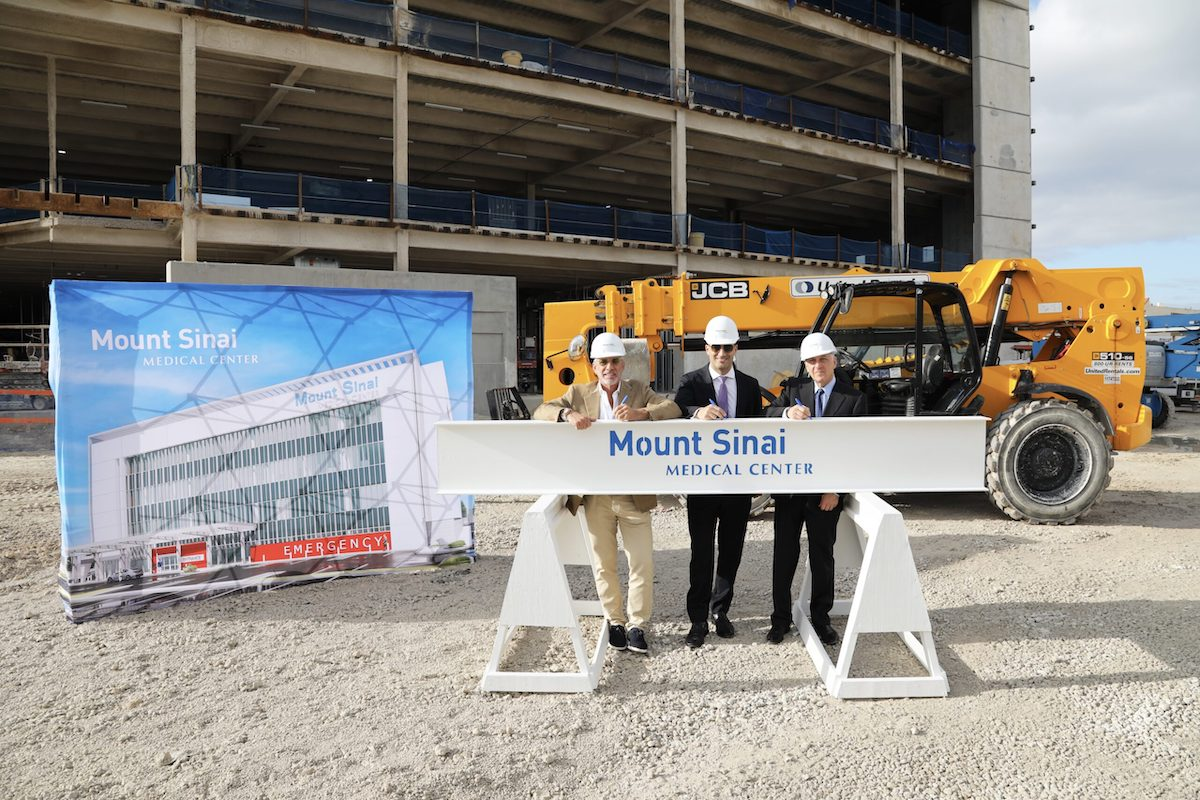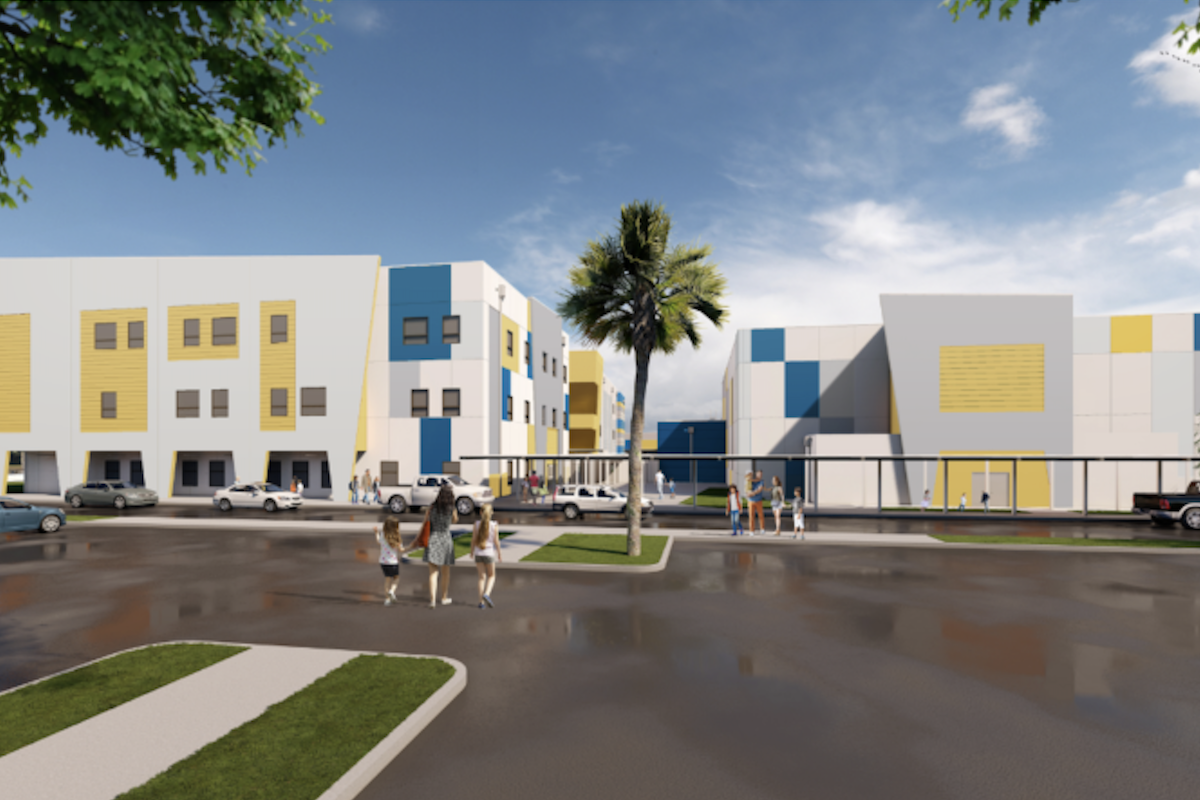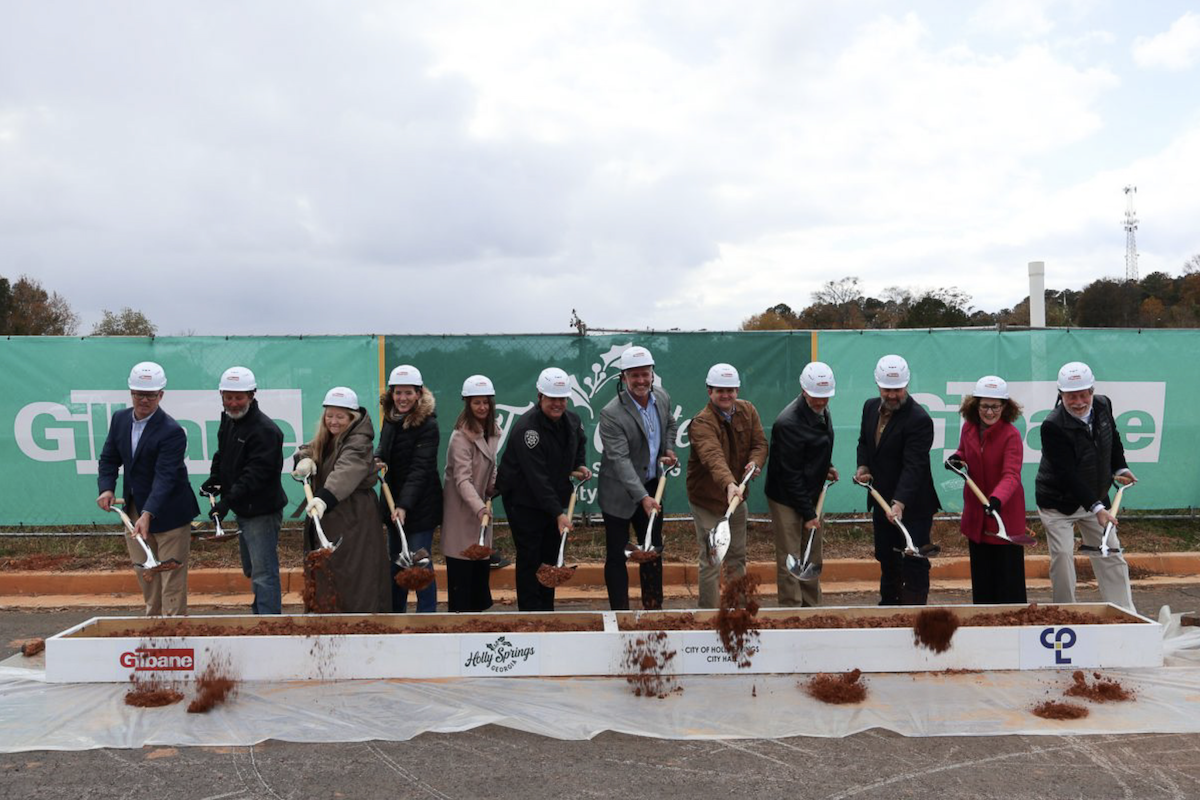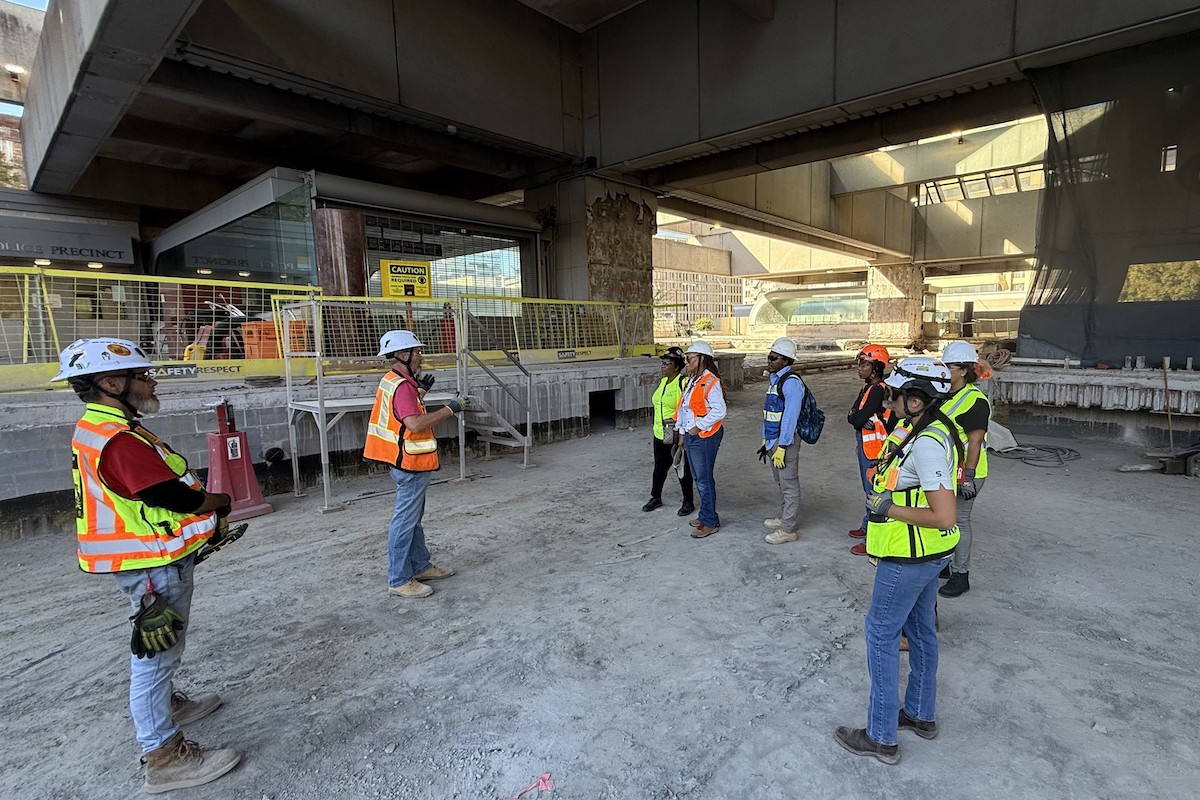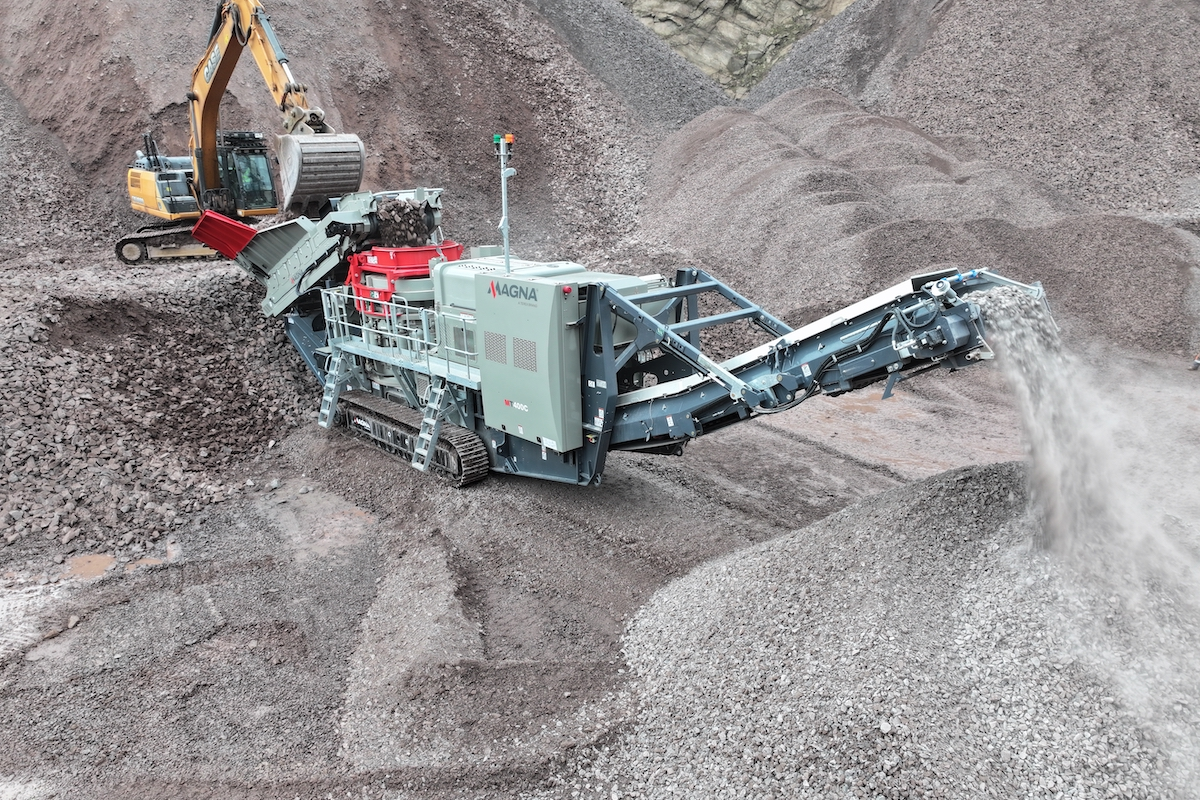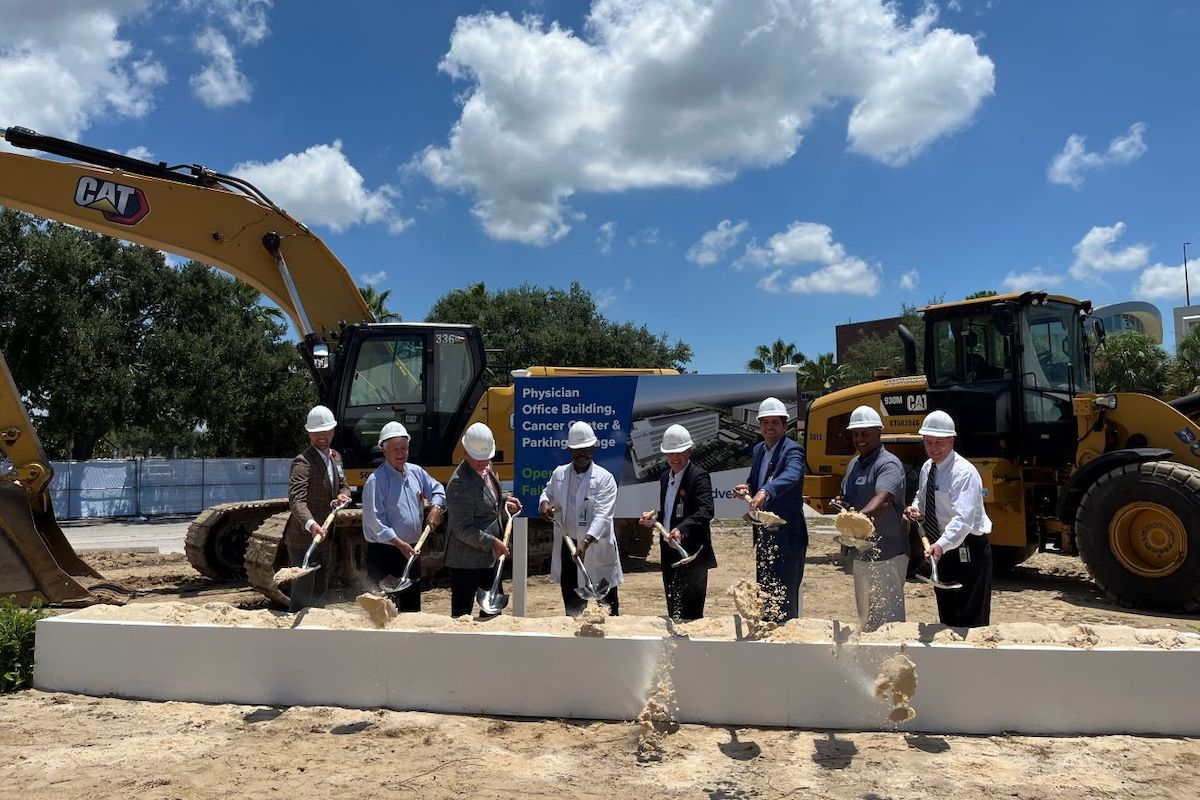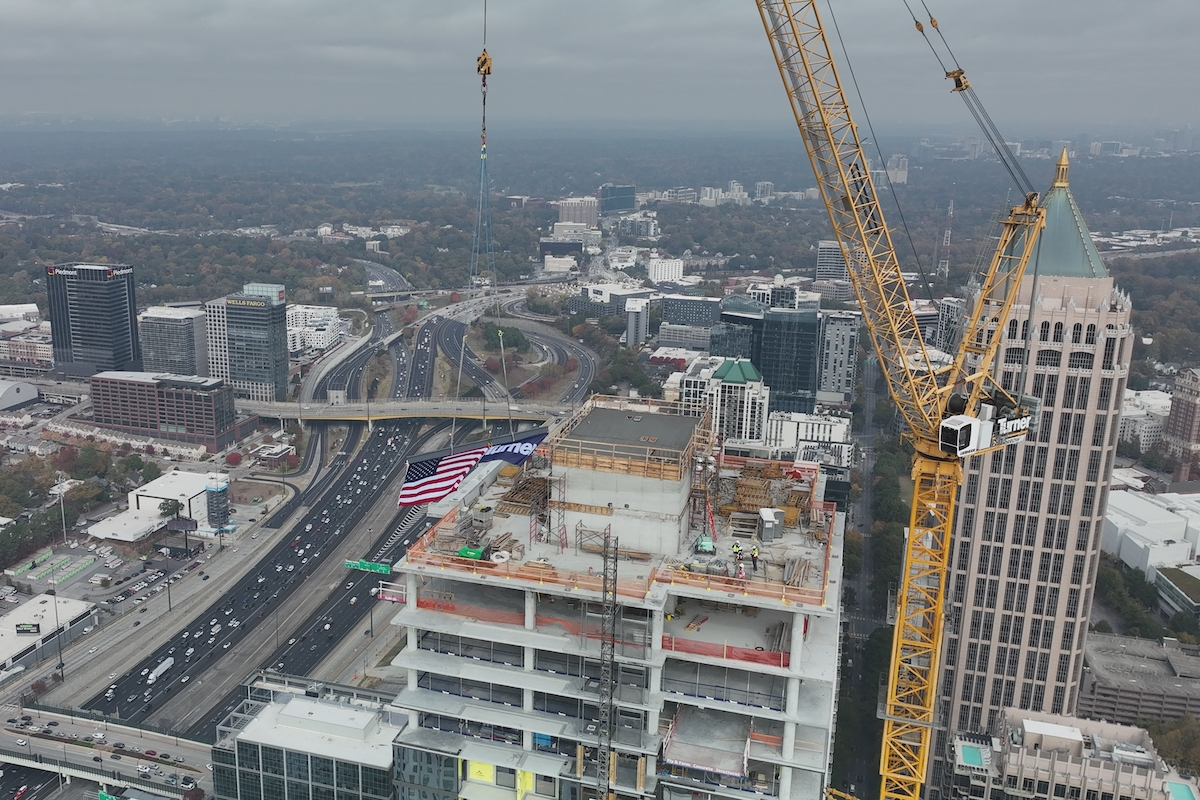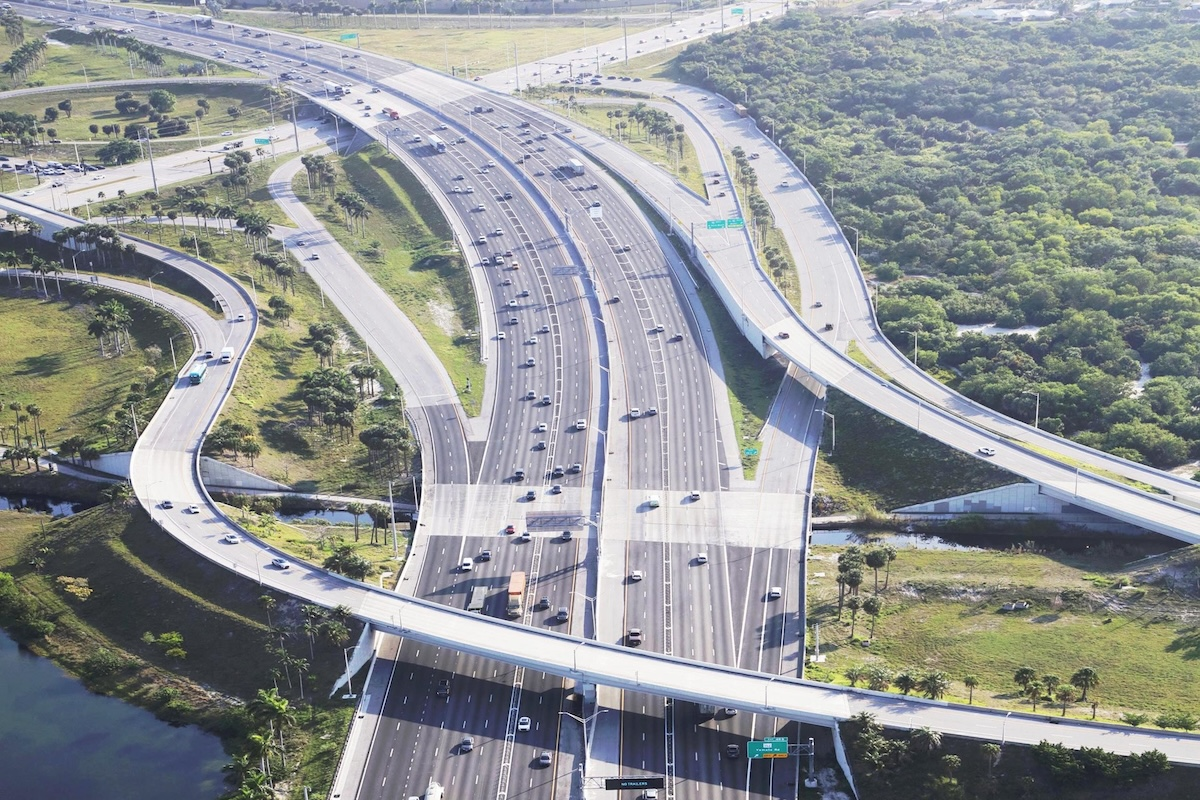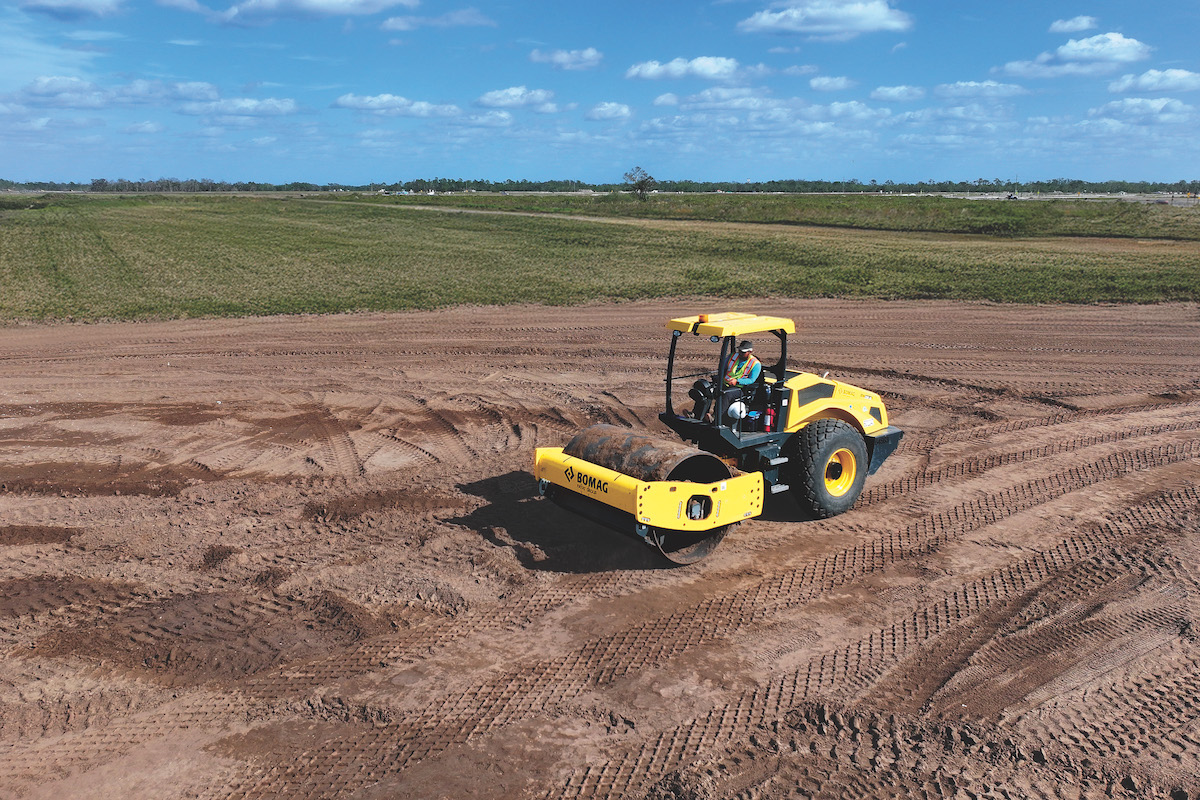Obvious regional patterns relate to the immediate need for bridge repairs and replacements. Many bridges located in Iowa and West Virginia have immediate needs. Bridge repairs are also slated soon for Pennsylvania and Louisiana, but major bridge repairs are needed nationwide.
Officials in Lee County, Florida, are developing plans to replace the Cape Coral Bridge, which crosses over the Caloosahatchee River. The Board of Commissioners has decided to proceed with the several phases outlined in a project plan. One component includes the construction of two new parallel bridges, each with three lanes. A new U-turn under the two new bridges will be developed, along with a pedestrian bridge over the roadway. The projected cost for this effort is $301 million. However, another element of the project will alter the roadway leading over the existing bridge. Cape Coral Parkway will be expanded to six lanes adjacent to the river and widened. A dividing barrier will be installed between traffic traveling in different directions, and two intersections near the bridge will be improved.
The Alabama Department of Transportation has announced plans to replace the 60-year-old Woolsey Finnell bridge in the city of Tuscaloosa. The bridge carries more than 50,000 motorists daily and must be widened to accommodate the continual traffic growth. The new bridge project, estimated at a cost of $125 million, will require almost 2 miles of construction across the Black Warrior River to provide eight vehicle traffic lanes. Bicycle and pedestrian lanes, a pedestrian walkway to the bridge, and land work will be included. Current plans call for construction to be done in three phases. Phase 1 will clear the construction zone and add pavement and additional support piers. Phase 2 will relocate traffic, remove the current bridge, and pave a new middle span. Phase 3 will stripe the new road and realign traffic. The project is currently in the planning phase, and officials hope to begin construction in 2025.
The cities of Burlington and Winooski in Vermont will partner to replace a 96-year-old bridge that connects the two downtowns. The current bridge serves an estimated 25,000 vehicles and 300 cyclists and pedestrians daily and is nearing the end of its service life. The replacement bridge will provide four 11-foot-wide lanes and two 12-foot-wide shared-use paths for pedestrians, cyclists, and wheelchair users separated by a traffic barrier. The bridge project will cost between $60 million and $80 million and federal funding has been allocated. The project is currently pursuing environmental commitments and right-of-way processes. It will be delivered through a design-build contract.

| Your local Bomag Americas dealer |
|---|
| Linder Industrial Machinery |
A partnership that includes the city of Knoxville, the University of Tennessee, and Knoxville's Community Development Corporation will be responsible for planning and overseeing a pedestrian and bicycle bridge that connects the university’s main campus with the South Knoxville Waterfront Redevelopment Area. Spanning across the Tennessee River, this $70 million bridge project will provide enhanced connectivity to the university from housing areas across the river. Envisioned as an iconic landmark for Knoxville, the new pedestrian-bicycle bridge will span from Clancy Avenue on the south side to the pedestrian concourse on the river’s north side. It will have no piers and will meet the required vertical clearance requirements of the river’s barge channel. Once the project is completed, Knoxville’s pedestrian-bicycle network will be expanded to include 18 miles of greenway and 50 miles of Urban Wilderness. Solicitation documents should be available late in 2024.
In April of this year, the city of Cedar Rapids, Iowa, was awarded $56 million in federal funding for a project to replace the existing “Arc of Justice” bridge. With an anticipated cost of more than $76 million, a new bridge will be constructed to span the Cedar River. It will be elevated 15 feet higher than the existing structure and sit above the flood crest from 2008, which was over 31 feet. With a single-pier cable design, the bridge will connect both sides of the Cedar River, increasing access to local trails and improving overall intercity connectivity. The project will also address nearby lighting and landscaping needs and incorporate two pedestrian bicycle lanes on either side of the bridge. Design work has been completed by 30 percent, and officials are waiting for environmental clearance so contractor solicitations can begin. Construction is slated for 2027.
A $30 million rehabilitation bridge project in South Carolina will address critical improvements that are needed on the Church Street Bridge in Greenville. The bridge was constructed in 1959 and is overdue for infrastructure upgrades and safety upgrades. The project will include improving the bridge's overall structure, including its deck and the structure’s storm drainage system. Other project components will include upgrades to the bridge’s deck — steel girder painting, joint sealing, spall repairs, and hydro-demolition with concrete overlaying. Plans also call for the overhaul of a portion of the bridge spanning about one-third of a mile, which will require complete replacement. Other project components will include widening existing sidewalks, raising railings for pedestrian use, implementing new lighting systems, and replacing the existing stairway that leads to McBee street. The planning and engineering phase of the effort is underway now and construction upgrades should begin early in 2025.
Bridge projects will represent a large portion of all infrastructure improvements over the next decade. Government contractors of all types will be needed to meet the anticipated high demand.














